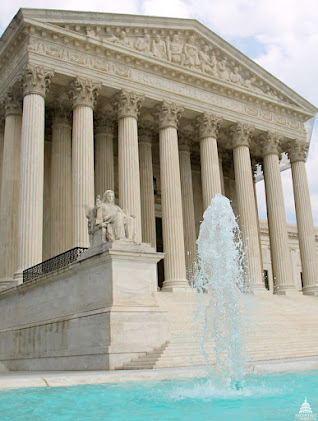Leaders Adapt or Become Irrelevant
What is adaptive leadership? How does it work? First, let’s define it: Adaptive leadership is the practice of using leadership, communication, and strategic skills to mobilize people and our organizations to tackle tough challenges—and thrive.
We also have an obligation to extend this understanding of adaptive leadership and its fundamental principles to our thousands of employees, contractors, and volunteers so they can be resilient and adaptive too. Gifting them this knowledge and model may be the most important thing we do as a leader.
In my 20 years in federal service, I have evolved—just as my leadership style has. I am now more adaptive than ever, overcoming my natural tendency to be action-oriented, decisive, and focused on execution.
Using my understanding of the tools, techniques, and mindset of adaptive leadership, my inclinations have been tempered. Now, I listen first, connect and build relationships with people; I observe and reflect. This allows me to understand what is happening and empower and engage others. I’ve become more holistic and strategic, thinking broadly…looking at the entire system, not simply my own little piece. I have also moved toward looking at the future, not merely at the day-to-day and putting out fires.
I first learned about adaptive leadership in a graduate course in 2020; we read the book by Ronald Heifetz and his colleagues aptly titled The Practice of Adaptive Leadership; the core principles have been very powerful for me.
At it’s core, adaptive leadership consists of three parts
- Observing—getting up on the balcony, gaining distance to see patterns and identify inter-related issues and relationships
- Interpret—diagnosing the situation using an open-ended mindset, not a pre-defined or pre-selected answer
- Act—what we do is just as important as how we connect with people; here, we as leaders must provide the context and encourage them to connect with the larger mission and organization.
Being adaptive as a leader means doing these three things, but also is about defining, clarifying, focusing, and re-focusing on our common purpose, our public service mission, and our primary stakeholders (especially the taxpayers and Americans who use our services).
It also means connecting with people’s values, beliefs, needs, and anxieties. As adaptive leaders, we can help surface these, get people to articulate them, and help guide conversations to re-frame, challenge, or question the underlying assumptions that so often derails our thinking.
Leadership is like any profession—law, accounting, medicine—we practice it. It is not a solo sport, but a team effort. Adaptive leaders must engage each other—courageously lean into the unknown, and utilize our heart, our mind, and our instinct together to help work through these challenges.
Change will continue to move at an astronomical pace. We must use adaptive leadership to address crises we are facing daily. This is why we need to be adaptive leaders—we cannot fail on these issues. Adaptive Leadership is the model to mobilize people to tackle these tough challenges and thrive—otherwise we will be ignored.
Image: Sunset Ocean Lighthouse Silhouette Free Stock Photo - Public Domain Pictures


Great points. Leadership is indeed all a "practice".
ReplyDelete